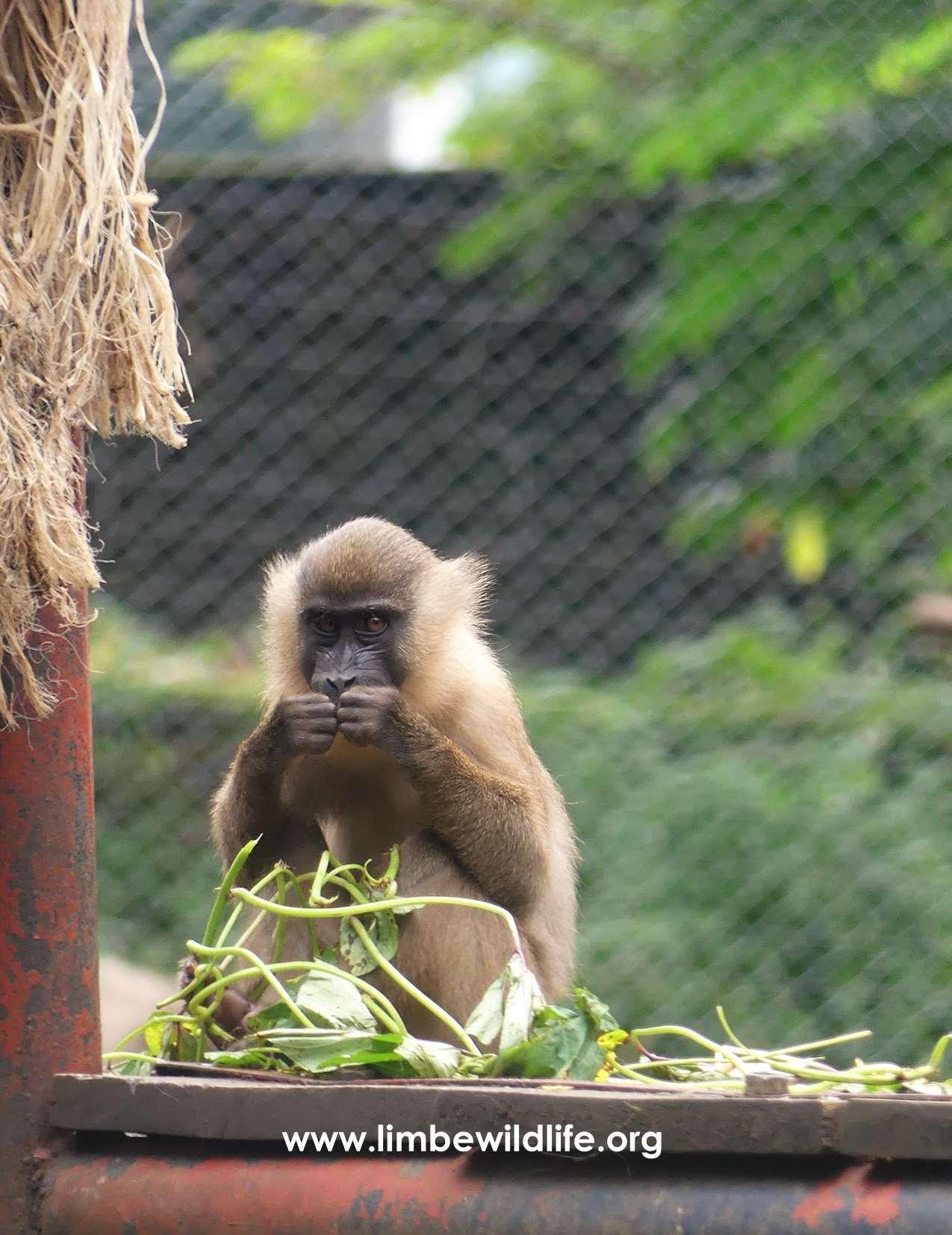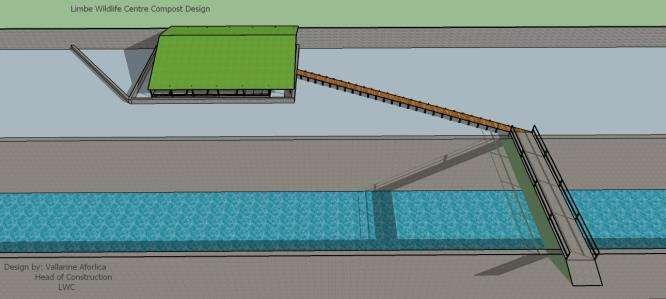
4 minute read
FUTURE GOALS & OBJECTIVES
FUTURE GOALS & OBJECTIVES
In the next year, depending on the sanitary situation worldwide and in Cmzroon as regards COVIDF-19, we would like to continue to engage the community further in conservation by hosting a Family Nature Club, to change behaviours and enhance their relationship with the nature around them. We have started to develop new initiatives to engage communities more largely by initiating a mass education campaign. Building on the 2019 experience and the inauguration of the #ProtectWildlife Campaign, we will multiply the initiatives and engage the community members involved in the green project to be stewards of our awareness campaign. They will undertake small group awareness workshops and further discussion at the Limbe Wildlife Centre and in Batoke.
Advertisement
Challenges &Opportunities
A major challenge to overcome next year will be to secure sufficient funds to sustain the project that benefits both communities and wildlife in rehabilitation with the pandemic becoming an aspect of our daily lives to take into consideration. Such a project will also offer additional employment opportunities through recruiting more farmers to provide food for the animals in such an enclosure. If we are to convert this ex-hunting community to a conservation community, we must continue this important alternative livelihood project and encourage new initiatives. Finally, by initiating our composting project, we hope to create a local value chain of organic agriculture to sustain community livelihood, improve soil quality and increase community Resilience to Climate Change (OA/R2CC; see Annexe for more info)
Projected budget 2020-2021
Next year, due to COVID-19, we will report part of our outreach program towards the production of large education billboards. We also predict that the number of new members will stabilize at around 110 members. The total budget is projected with an
increase of 6%.
Categories
Labour costs Community suppliers Gasoil Outreach programme Vehicle maintenance Fixed costs
TOTAL 2020-2021 planned
USD EUR
1,825.9 1,531.0 23,497.9 19,702.3 2,055.7 1,723.7 2,792.7 2,341.6 856.6 718.2 2,335.5 1,958.2
33,364.3 27,975.0
ANNEXE: Organic agriculture to sustain community livelihood, improve soil quality and increase community Resilience to Climate Change (OA/R2CC)
Before the pandemic, the solid organic waste from animals was treated externally by a company, which, unfortunately, was not specialized in treating such biologic material. A few months ago, we transferred the composting area in the farmland of the Limbe Wildlife Centre. All organic waste produced by the animal sections is now disposed of there to prevent outside pollution and improve our waste management system.
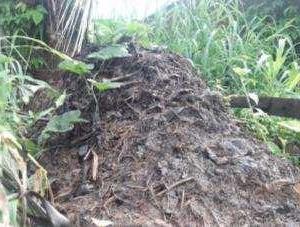
Now, we intend to produce high-quality manure that can be used domestically to increase our food security. We will also use the manure to plant trees in the centre to reduce soil erosion alongside the Limbe river. In June, we already planted 50 fruit trees inside the farm. These trees will complement other existing crops: sugar cane, banana, maize, palm trees, and will increase our production using eco-friendly organic agriculture practices. In the future, we plan on scaling up the project to encourage a tree nursery and reforestation and promote organic agriculture in local communities to encourage sustainable farming to increase food security for families, reduce deforestation, preserve the quality of soil and water of Mount Cameroon and mitigate climate change.
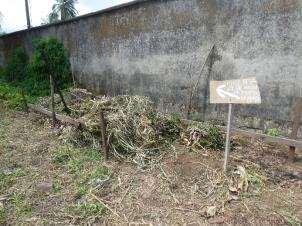
Financial needs
First, we need to build a 600m2 roof and a protective wall. The estimated cost for such activity is 3.5M FCFA ($6,400), consisting mostly of investment costs which will benefit the centre and the local community but can also serve as a practical showcase to promote waste management and reduce environmental pollution in urban areas.
In the mid-term, we would like to set an aerated static pile system with a unit of 9m3 each to later extend to 4-5 units (to cover an area of 80m2). The system will require energy, ideally from a solar panel, but also pipes and fan, an electrical system, and a concrete slab of 100m2 under the roof for storing the compost. The estimated investment cost is 6. 5M FCFA ($11,900).
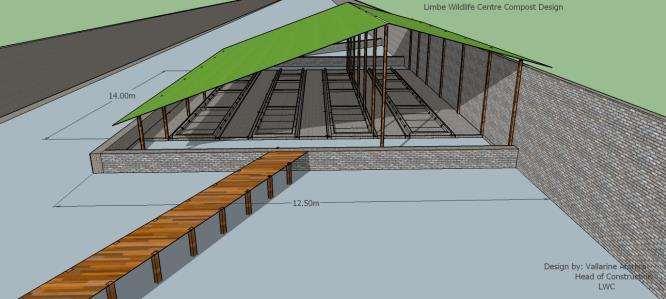
Methods
We plan to develop and upgrade the functioning of our compositing in three phases. In Phase I, currently ongoing, we use a traditional composting methodology consisting of 4-6 weeks process. We need to build a 600 m2 traditional palm roof to protect the compost from the rainfall. We also need to build a protective wall around the composting area to protect from the flooding that occurs on average 10 days a year during the heavy rains. In Phase 2, we want to improve our efficiency by using aerated static pile composting. This method requires more material and equipment, but render composting very efficient: because of better control of aeration and temperature, it more efficiently treats and decontaminates the waste. The composting process is also much quicker (1 week against 4-6 weeks for the traditional method) and does not require long storage before use (2 weeks is enough). It also reduces the workload and does not require manually turn the composting mixture every week. Instead, the air is blown under the compost pile to provide enough oxygen for degradation by aerobic microorganisms, dry the compost pile, and better control temperature and remove heat. In Phase 3, we will convert the area under the roof into a storing hangar where the compost can be stored while we use 4-5 units of aerated static pile system.
